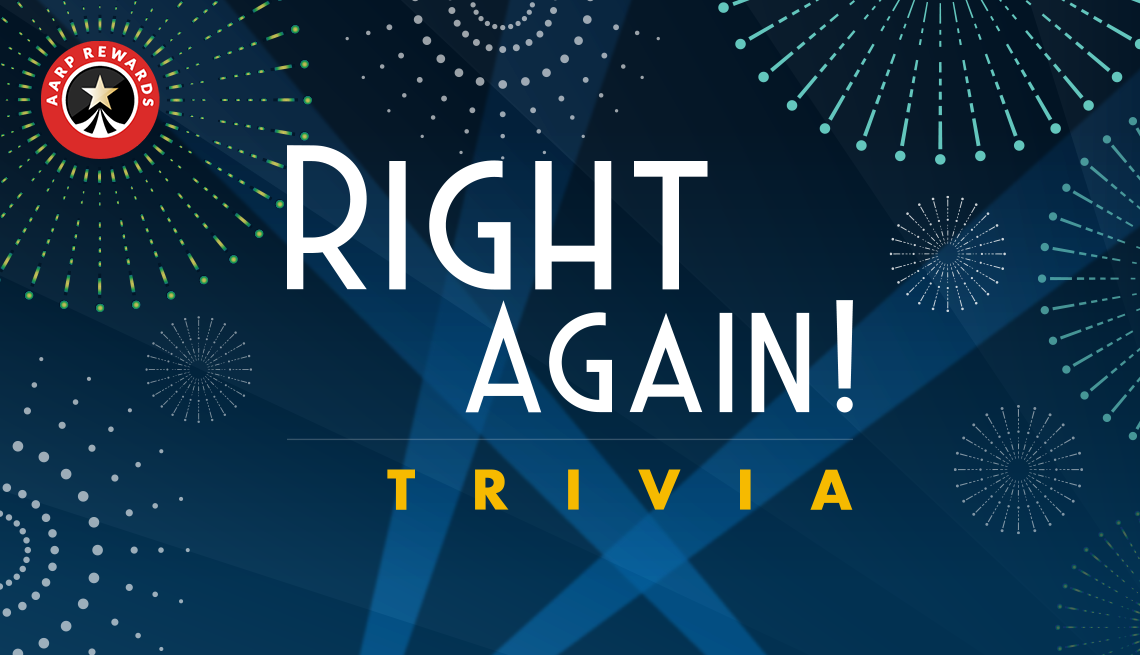@RichardT153220
You need some guidance in the timing of the process at least - if not, you will suffer the consequences.
Here is at least one problem - Income Related Monthly Adjusted Amounts (IRMAA)
A good explanation can be found in this article:
https://www.nerdwallet.com/article/insurance/medicare/what-is-the-medicare-irmaa
You must register for Medicare when you turn 65 years old. If you have no verified creditable coverage thru your work, you will have to begin to pay Medicare Part B and Part D premiums. If your taxable (MAGI) income is over a certain level, then in addition to the regular premiums for Part B and Part D, you will be assessed an IRMAA premium surcharge also on Part B and Part D.
SSA is actually the agency that will assess these premiums and they will be looking at the last tax return for which is on file for you to which they have access. Usually that will be your tax return for (2) years back.
So if you happen to do some of this ROTH conversion in that year - the amount will show on your taxes and ordinary income tax will be assessed - and it will be countable as income in that year for your Medicare Part B and Part D premiums and may shoot your premiums up by a whole lot based on this timing methods which you chose.
It isn’t that you cannot do what you have described - it is just you have to do it when it is the best time to do it - because there maybe some unintended consequences. So see an expert when you do the conversion and make sure they know what they are doing in this regards.
It maybe that you will want to pick another year to do it , or perhaps you do it bits at a time so as to not shock the old MAGI.
Good Luck
IT‘S ALWAYS SOMETHING . . . . .. . . .
Roseanne Roseannadanna












































































